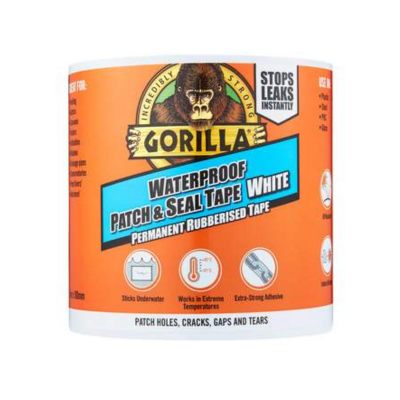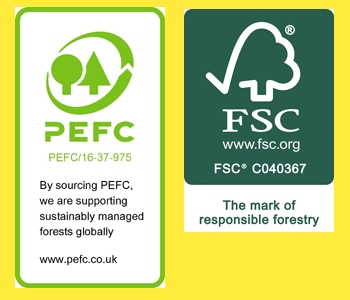What is Sealant?
Sealant refers to a material or substance used to fill gaps, joints, or cracks to create an airtight or watertight seal.
It is commonly used in construction, automotive, and other industries where the prevention of leakage or the protection of surfaces is necessary.
Sealants are designed to be flexible and durable, capable of withstanding various environmental conditions and maintaining their sealing properties over time.
They can be made from a variety of materials, including silicone, polyurethane, acrylic, or rubber compounds.
The choice of sealant depends on the specific application, as different sealants have varying characteristics and suitability for particular conditions.
Sealants come in different forms such as liquid, paste, or tape, and are typically applied using a caulking gun, brush, or by simply squeezing the substance directly into the gaps or joints.
Once applied, the sealant cures or hardens, forming a protective barrier that prevents the passage of air, water, dust, or other substances.
Common applications of sealants include sealing gaps around windows and doors, filling cracks in walls or concrete structures, sealing joints in plumbing systems, providing weatherproofing for exterior surfaces, and securing various components in automotive or electronic devices.
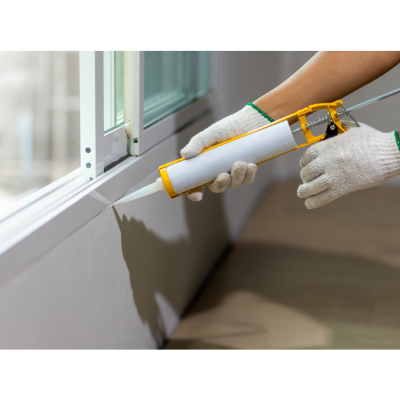
Silicone Sealant
Silicone sealants are versatile and widely used due to their excellent flexibility, weather resistance, and adhesion properties. They can be used on various surfaces, including glass, metal, ceramics, and some plastics. Silicone sealants are commonly used for sealing windows, doors, joints, and gaps in bathrooms, kitchens, and other areas exposed to moisture.
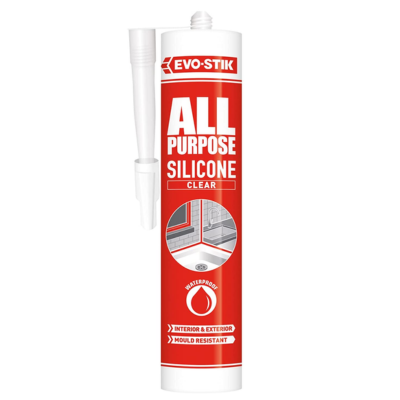
Acrylic Sealant
Acrylic sealants are water-based and known for their paintability and ease of use. They are suitable for both interior and exterior applications. Acrylic sealants are commonly used for filling gaps around windows, skirting boards, and other interior trim work. They are also used in construction for sealing cracks and joints in walls and ceilings.
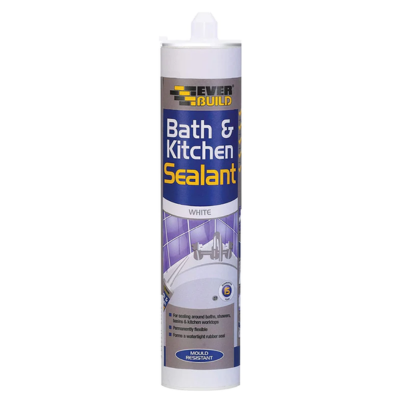
Polyurethane Sealant
Polyurethane sealants have excellent durability, flexibility, and resistance to chemicals and weathering. They are often used in construction and automotive industries for sealing joints, expansion joints, and gaps. Polyurethane sealants are commonly used in concrete and masonry applications, as well as for sealing joints in windows, doors, and roofs.
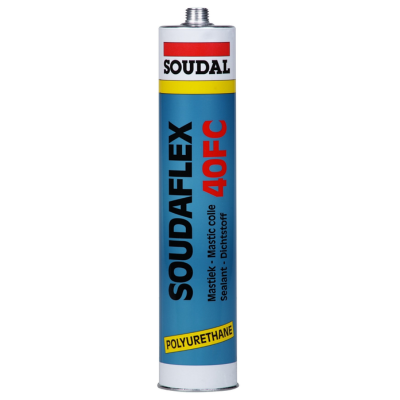
Butyl Rubber Sealant
Butyl rubber sealants are known for their excellent water resistance and adhesion to various surfaces. They have high elongation and are often used in applications where movement and flexibility are required. Butyl rubber sealants are commonly used in automotive applications, such as sealing windshields, sunroofs, and body seams. They are also used in construction for sealing joints, windows, and metal roof panels.
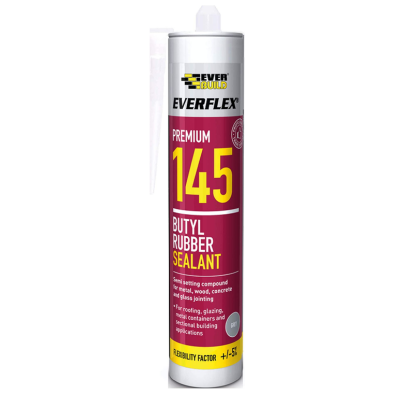
Latex Sealant
Latex sealants, also known as acrylic latex or painter's caulk, are water-based and have good flexibility and adhesion properties. They are primarily used for indoor applications, such as filling gaps around baseboards, trim work, and moulding. Latex sealants can be painted over once cured and are easy to clean up with water.
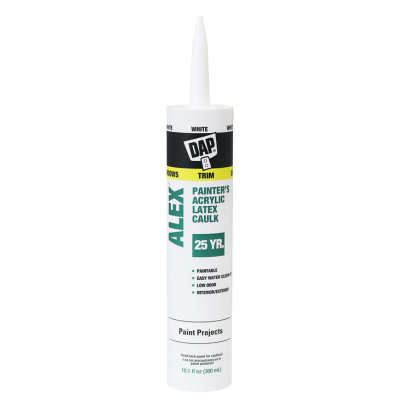
Tape Sealant
Tape sealants, such as adhesive tapes or sealant tapes, are pre-formed sealants that come in tape-like form. They are commonly used for sealing joints, gaps, and connections in plumbing, HVAC systems, and electrical applications. Tape sealants offer quick and easy installation, high adhesion, and resistance to moisture and temperature variations.
